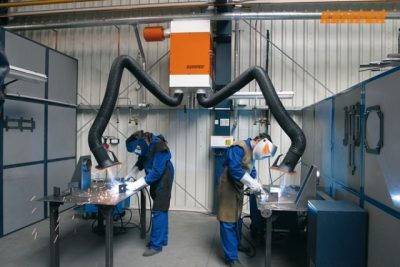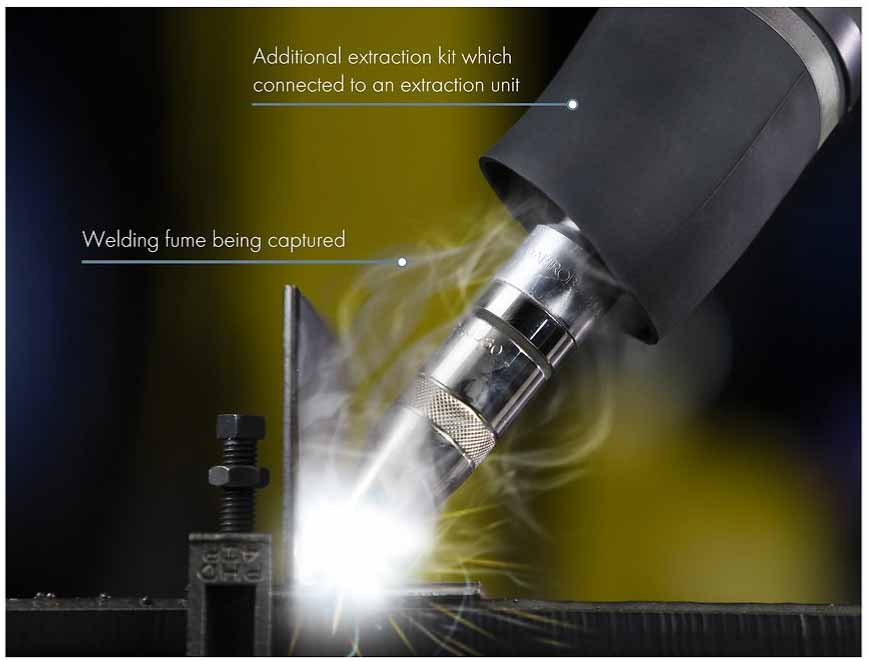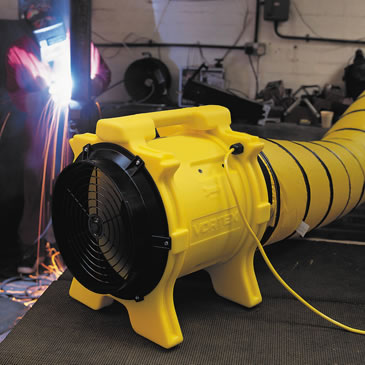The face opening value is the maximal open width x height for your fume hood while face velocity references the capture distance i e.
Welding fume extraction system design calculation.
Depth of the fume hood.
There are two methods of high vacuum extraction.
The airflow volume describes the quantity of air flowing through a pipe over a specified time.
Approaches to controlling welding fume actually fall into two broad categories.
In welding companies there are certain cases in which capturing the welding fumes at the source may not be feasible in practice.
Table 2 summarises the results of fume capture showing the fraction of fume captured by the extraction system for the original design.
There are ways of calculating the correct size.
Every application has different requirements.
The calculation for the cfm of a fume hood is obtained by multiplying the face opening window of the fume hood and the face velocity.
Irrespective of whether the system is for spot extraction or hall ventilation.
Side view of fume distribution for the original design at the low left and high right flow rate on a central plane.
The airflow volume is one of the factors which decides how effective a welding fume extraction system is.
However experience with welding fume extraction is equally important.
Recirculating hood system ductless hoods or ventless hoods a self contained air exhaust system that removes grease vapors fumes smoke steam and odors from the.
Mechanical exhaust ventilation systems design calculations and operational guidelines 2019 page 5 of 30 p.
The extraction airflow is approximately 35 to 60 cfm 60 100 m3 hr for integrated fume extraction guns.
Our complete line of filtair fume extractors are designed specifically for welding drawing weld fumes away from the user s breathing zone and keeping your facility clean.
For example when.
Welding guns with built in extraction fume extraction guns or separate suction nozzles of various designs.
Weld fume smoke collection systems in portable and stationary designs are available to collect welding fumes from point sources and ambient environments.
Use fume capture nozzles built into the gun tube and handle.
The correct sizing and planning of the ventilation system is therefore crucial.
Reducing fume generation limiting operator exposure to fume.




























